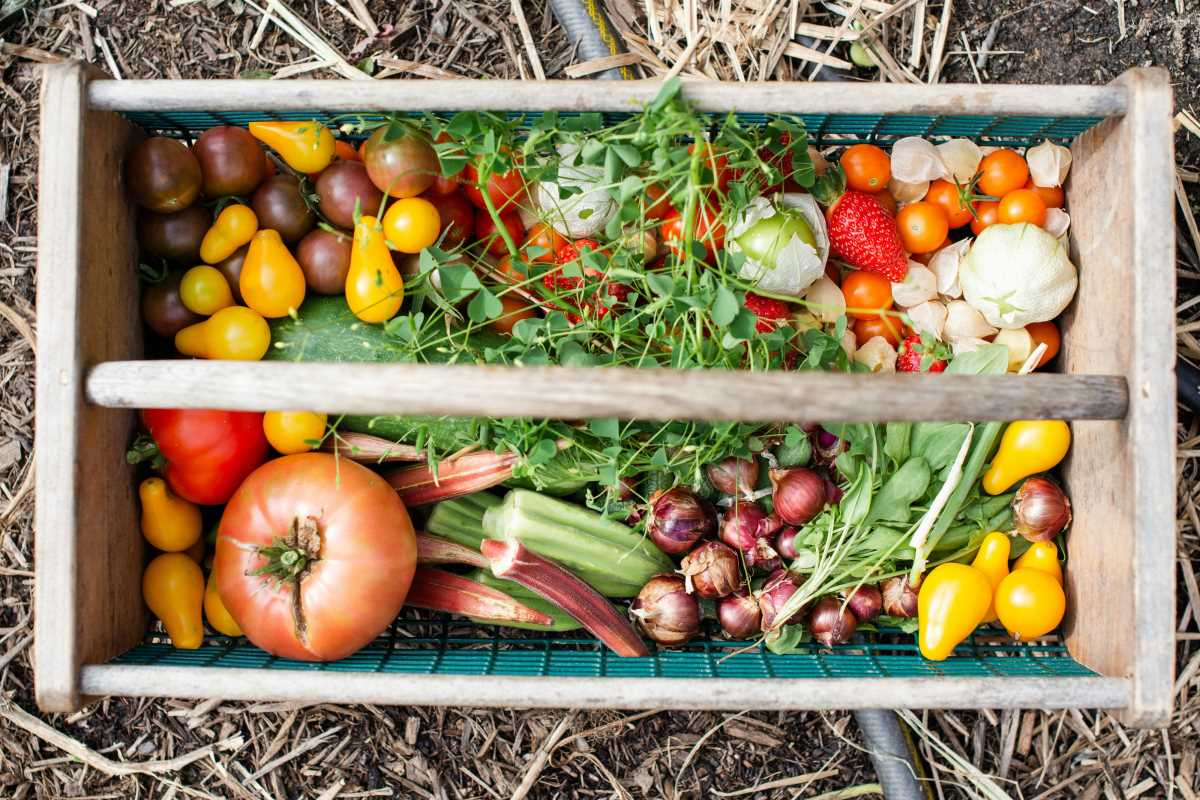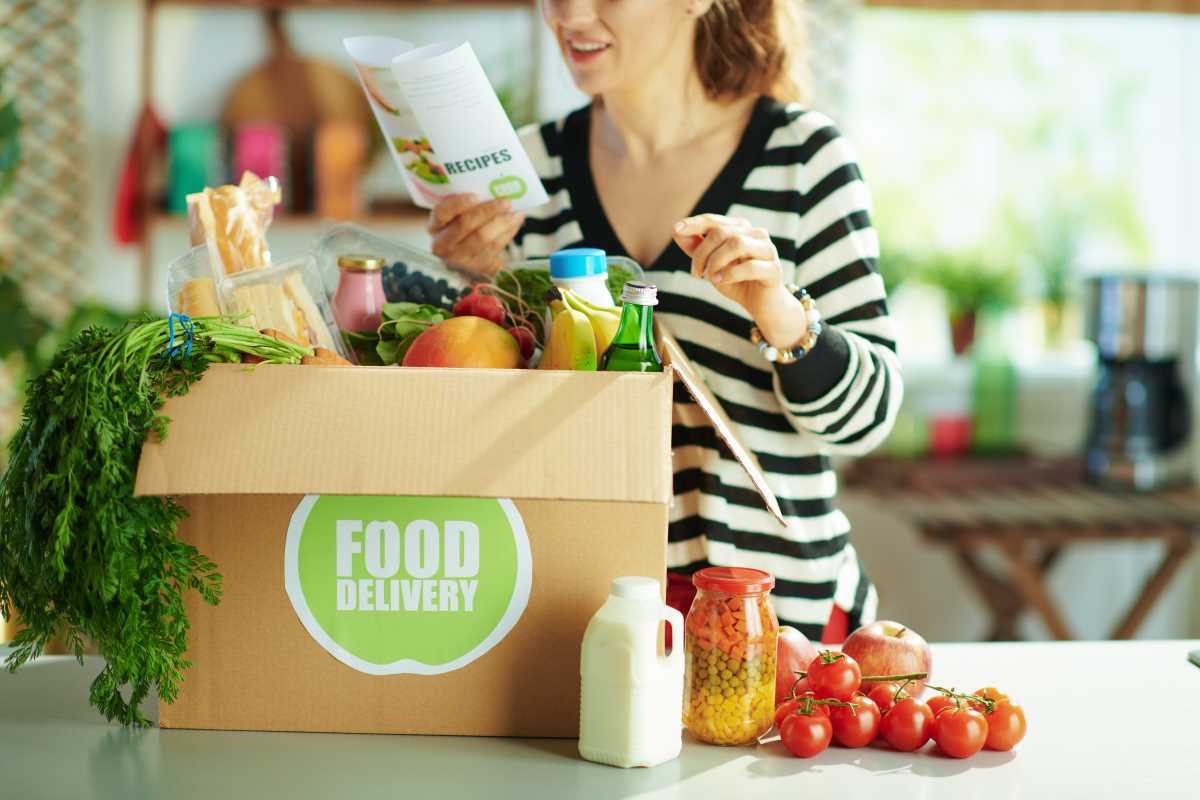Cultivating a spacious piece of land brings countless possibilities for those who enjoy working outdoors and producing fresh food. When you grow more fruits and vegetables than you can use, you can channel your efforts into a local produce subscription box. By assembling and delivering boxes filled with your harvest, you connect your farm directly with households eager for high-quality, seasonal ingredients. Not only does this approach introduce your customers to the best of what your land offers, but it also helps you make the most of your resources and brings in extra income. Many find satisfaction in sharing their crops with the community while building a rewarding business.
Transforming your farm’s bounty into a subscription service requires careful consideration of your resources and clear planning. With the right approach, you can build a steady income stream, connect with your community, and celebrate the rich yield of your land.
Assessing Your Land and Available Produce
Before you launch your subscription box, examine your land closely. Understand the types of crops you grow and note any seasonal variations. Planning your harvest calendar helps you make consistent deliveries that meet customer expectations. Evaluate your soil, water access, and climate factors to decide which crops can reliably feature in your subscription.
Review past yields and analyze what went well during each season. Identify produce that excels in flavor and appearance. Think about diversifying your offerings along with any animal-farmed goods or homemade products you can prepare on site. This step lays a solid foundation for making informed decisions about your subscription box contents.
Designing Your Subscription Box Offerings
Brainstorm ideas for creating a box that offers variety and value. Focus on seasonal trends and what your land produces best. Keep your offerings simple and easy to manage by including staples alongside a few unique items that change with the seasons. Tailor your box to include familiar favorites and surprising extras.
Consider the following options when planning your box offerings:
- Fresh vegetables like heirloom tomatoes, green beans, and seasonal squash
- Fruits when in season, such as apples, berries, or peaches
- Herbs and salad greens for a flavorful mix
- Extra add-ons like homemade jams, pickled goods, or artisan breads
- Special limited-edition items during peak harvest times
This curated list keeps your boxes interesting while ensuring you use produce at its freshest. Experiment with different combinations based on customer feedback and your own experience growing these crops.
Organizing Your Business and Pricing
Once your subscription box idea starts to take shape, it’s time to handle the business details. Register your business with the appropriate local authorities. Choose a business name and structure that suit your land-based venture. Keep your paperwork organized and research licenses or permits you may need.
Next, set prices that cover your costs and yield a profit. Study local market prices for similar products. Calculate expenses like packaging, delivery, and marketing while setting a fair price for your customers. Keeping track of costs early on helps you run a smoother operation as your customer base grows.
Promoting Your Subscription Box in the Community
Spreading the word about your produce box is vital for attracting customers. Start with community events, local markets, and online groups. Use clear, straightforward messages to explain what makes your subscription special.
Focus on building trust and showcasing the quality of your produce through local marketing. Highlight the freshness and direct connection between your land and your customers. This personal approach can create loyal followers who appreciate fresh local food.
- Create eye-catching flyers and posters for community centers and local coffee shops.
- Host tasting events at your farm or nearby venues where people can sample your products firsthand.
- Engage with community groups on social media to share stories about your harvest and daily work.
- Partner with local businesses to distribute samples or offer combined discounts.
- Use local radio or newspapers to announce subscription launch dates and special deals.
These steps help you connect with people who value fresh, locally grown products. The more you become part of the community, the more your subscription service will grow through personal recommendations.
Managing Deliveries and Customer Relations
Operating a subscription box business involves ensuring each delivery meets customer expectations. Set a clear schedule for pickups or deliveries that fits well with your farming routine. Decide whether you will deliver directly, use a drop-off point, or let customers pick up their boxes on a designated day.
Maintain open communication with your customers. Inform them when to expect their boxes and provide contact details for questions. Use friendly, simple language in your updates. Building trust through excellent customer service creates lasting relationships with your buyers.
Measuring Success and Making Improvements
Tracking your business’s performance helps you achieve long-term growth. Keep records of your harvest yields, subscription renewals, and customer feedback. Analyze metrics like customer retention and box contents to understand what works and what needs change. Reviewing your progress after each season helps identify necessary adjustments.
Look for patterns and trends. If a particular item consistently goes unused, consider replacing it with something new. Regularly ask your customers what they enjoy and what changes they would like. This approach ensures your subscription box stays attractive and profitable over time.
Your focus on improving processes and maintaining quality builds a strong foundation for future growth.
Start your produce subscription box with flexibility and a focus on customer feedback. Let your business grow as a rewarding part of your passion for farming.
 (Image via
(Image via





